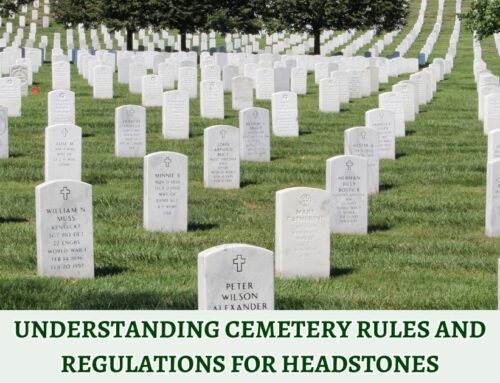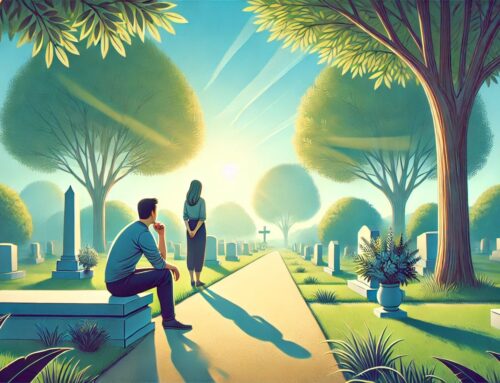In the heartland of America, particularly in the Midwest, monuments and headstones are more than mere markers of memory; they are rich tapestries woven with symbols and iconography that speak volumes about the lives, beliefs, and values of those they commemorate. Understanding this symbolism is not only crucial for appreciating these monuments but also for grasping the cultural and historical contexts they represent.
The Language of Symbols in Monument Design
Monuments are often adorned with symbols that have deep historical and cultural significance. For instance, the lamb, frequently seen on children’s graves, symbolizes innocence and purity. Similarly, clasped hands or hearts may represent eternal love or the bond between the deceased and those left behind.
Religious Iconography in Monuments
Religious symbols are particularly potent in monument design. Crosses, Stars of David, crescent moons, and other religious motifs not only denote the faith of the departed but also convey a sense of hope or belief in the afterlife. In the Midwest, where diverse faiths coexist, these symbols serve as poignant reminders of the region’s rich religious tapestry.
Nature and Its Symbolic Representation
Natural elements like trees, flowers, and animals are also integral to monument symbolism. A tree, for example, might symbolize life, growth, and family roots. Birds, especially doves, can represent peace or the soul’s ascent to heaven. Each element is chosen for its ability to convey a message that words alone may not fully express.
Military Symbols and Their Significance
In monuments dedicated to veterans or fallen soldiers, military symbols like flags, medals, or specific insignia are prominent. These elements honor the service and sacrifice of the individual and often evoke a sense of national pride and gratitude.
The Evolution of Symbolism in Modern Monuments
In recent times, there’s been a shift towards more personalized symbols in monument design. Items that represent hobbies, careers, or passions are increasingly being incorporated. For instance, a guitar etched into a monument might pay homage to the deceased’s love for music, making the tribute deeply personal and unique.
The Role of Iconography in Mourning and Remembrance
Beyond their aesthetic value, the symbols in monuments play a crucial role in the mourning process. They help in expressing grief, celebrating a life, and providing comfort to the bereaved. The familiarity of certain symbols can offer solace, connecting the individual’s personal story to universal themes of love, loss, and legacy.
Preserving Cultural Heritage Through Monument Design
Monuments also serve as keepers of cultural heritage. The symbols etched into granite or marble often reflect the customs, traditions, and values of the community to which the deceased belonged. They are historical records, telling stories not only of individuals but also of the times and societies they lived in.
Interactive and Educational Aspects of Symbolic Monuments
Some modern monuments go a step further, incorporating interactive elements like QR codes that link to online memorials or detailed histories. These features allow visitors to engage more deeply with the symbolism and the stories behind them, bridging the gap between past and present.
Conclusion: The Unspoken Language of Monuments
The symbolism in monuments speaks an unspoken language, one that communicates across time and culture. In the Midwest, where history and heritage are deeply valued, these symbols form an integral part of the region’s narrative. They remind us that each life, no matter how briefly lived, leaves an indelible mark on the tapestry of human experience.
In conclusion, understanding the iconography in monuments allows us to connect more deeply with our history, our culture, and our shared humanity. It’s a journey through symbols that tell the stories of lives lived and loved, a testament to the enduring power of memory and remembrance.






Leave A Comment